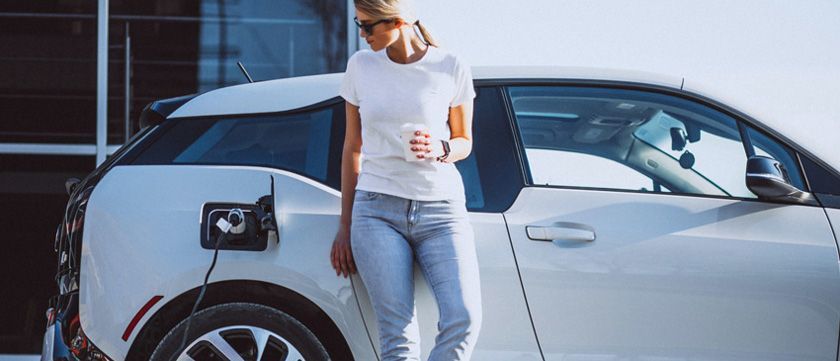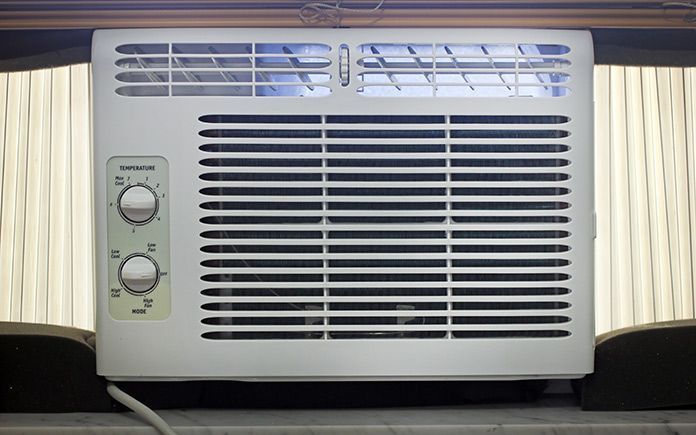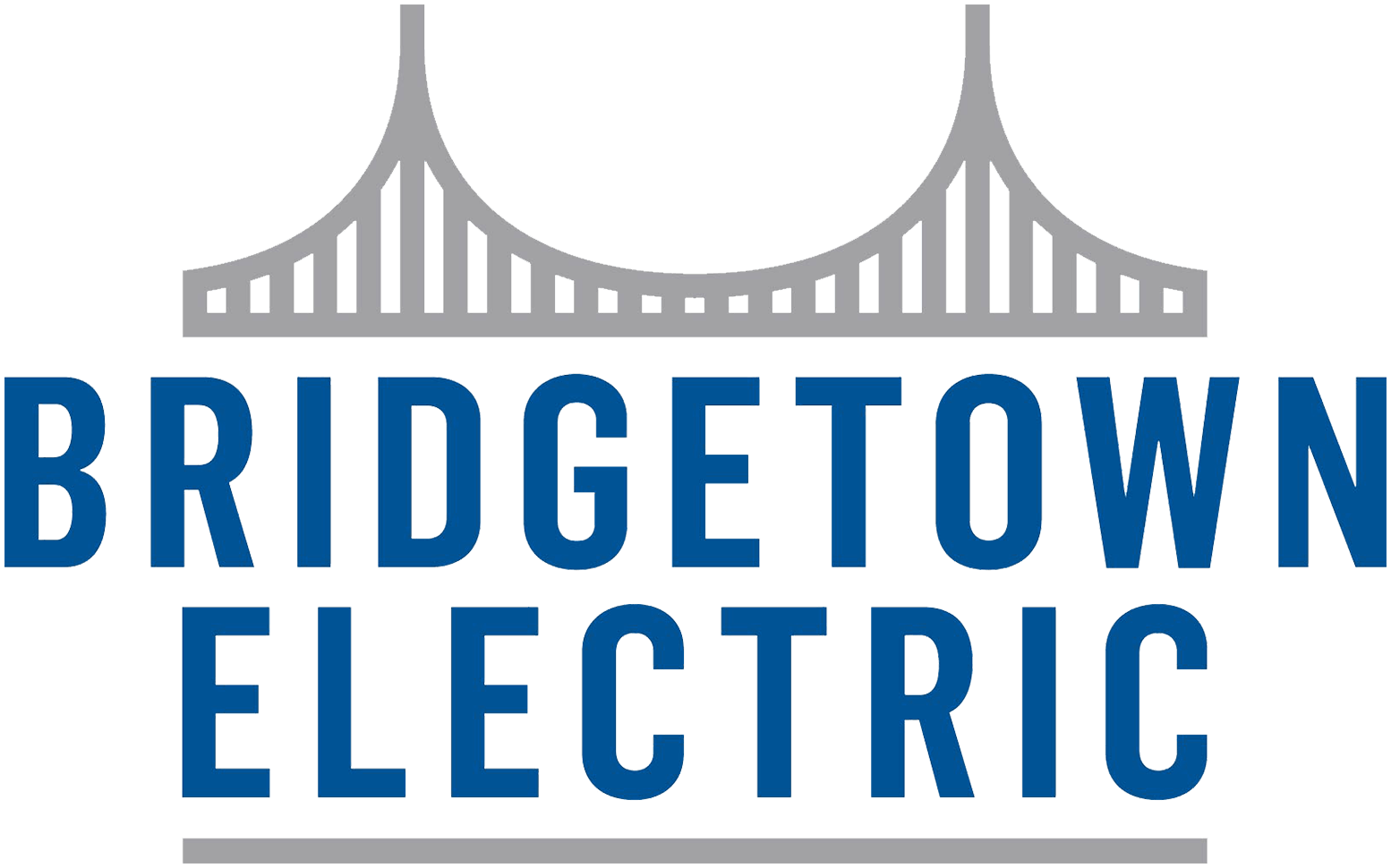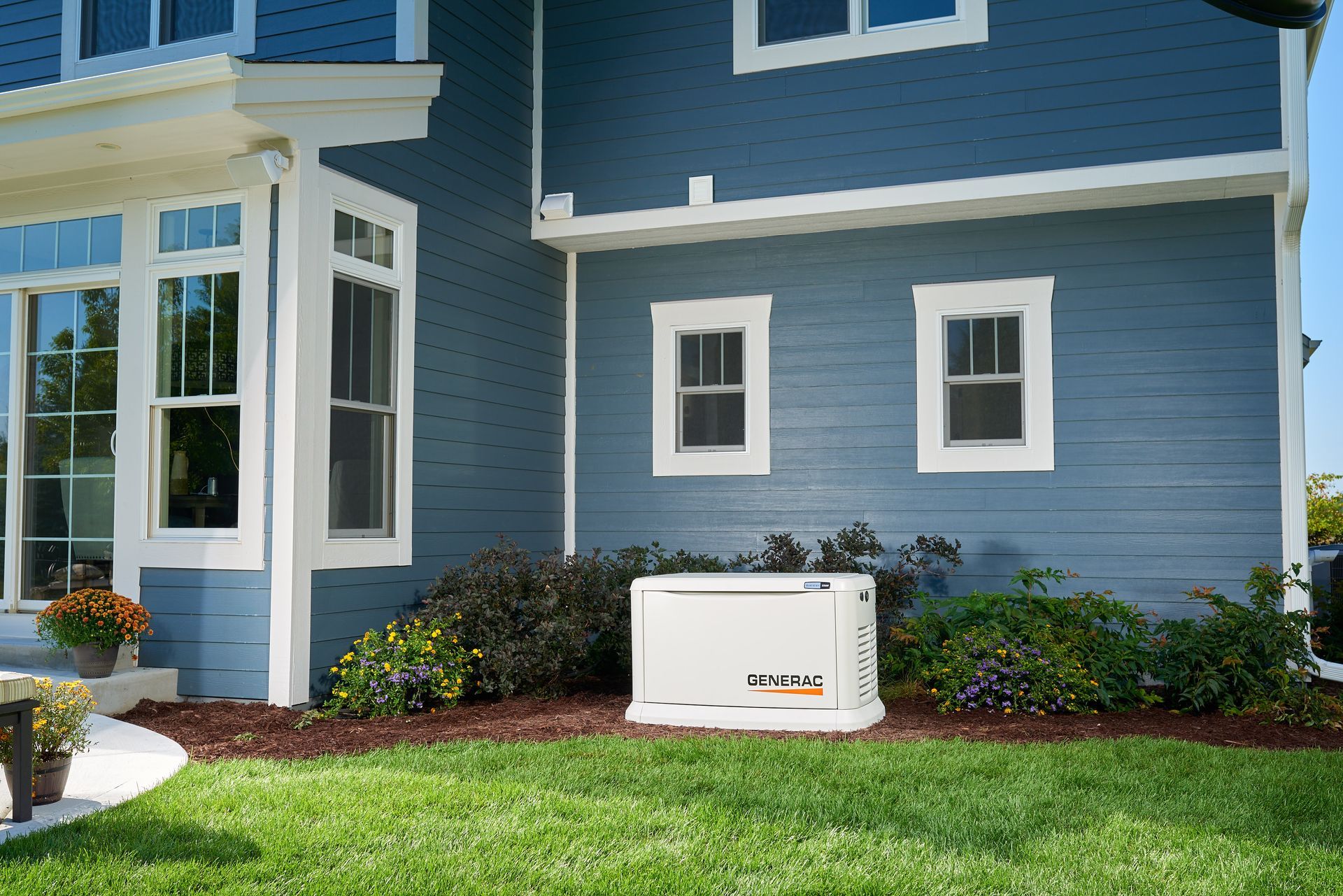Are you ready for an Electric Vehicle Charger?
May 08, 2023
Electric Vehicles are becoming more common. Here is some helpful information if you're thinking about purchasing an electric vehicle.

Electric vehicle charging 101
There are three main types of chargers that you will encounter: Level 1, Level 2, and Level 3 (also called DC Fast Charging):
Level 1 charging uses a standard 120V outlet that you are likely to find in your garage. This is the slowest type of charging and will add an average of 5 miles per hour of charge. Also called “trickle charging,” this type of charging is not offered commercially and is typically only used at home.
Level 2 charging requires a 240V outlet. These chargers can be installed in your home with a basic electrical upgrade and are very commonly used for public chargers. Level 2 chargers add 20 to 60 miles per hour of charge.
Level 3 chargers, or DC Fast Chargers, are only used in commercial settings. These chargers are most often found along highways since they provide 60 to 100 miles per 20 minutes of charge. For example, the West Coast Electric Highway project is working to install DC Fast Chargers every 25 to 50 miles from the British Columbia to the Mexico border.
If you’re able to charge at home, that is likely the easiest and most affordable option.
If you live in a home with a garage or driveway you can charge your EV using a standard wall outlet, also known as Level 1 charging. This is a good option if you typically charge your EV overnight. You can also install a Level 2 charger for your personal use, which will charge your EV in a few hours. Level 2 chargers use 240 volts of electricity, which is similar to a standard electric dryer or oven and sometimes requires a simple electrical upgrade to your home. Before going forward with the electrical upgrade required for a Level 2 charger, an electrical permit from the Bureau of Development Services is required.
Don’t forget to check for incentives or rebates – as of January 2023, Portland General Electric and Pacific Power customers are eligible for a rebate of up to $1,000 for installing an EV charger in their home. Additionally, the Inflation Reduction Act extended the federal tax credit on charging equipment through 2032, which covers up to 30% of sales price up to $1,000.
To support residents who want to transition to an EV but do not have a garage or driveway, the Portland Bureau of Transportation (PBOT) has amended the Encroachment Manual to allow residents to run a Level 1 (110 volt) charging cord from their house and across the sidewalk to charge their EV at the curb, provided that their residence meets the specifications listed below in the cord cover allowance section.
Individual residents and businesses are prohibited from installing EV chargers in the public right-of-way. Given a variety of concerns - including health, life, and safety issues, liability concerns, state utility requirements, and more - this means Portlanders are prohibited from installing a Level 2 or DC fast charger curbside in front of their home or business. There are no exceptions to this and no process for appeals. Additionally, no public parking spaces are allowed to be reserved by private citizens for the purpose of EV charging, including for the cord cover allowance.
If you are looking to add a car charger receptacle, we recommend your electrical service be at least 200 amps. You will also need to meet the following criteria in order to complete the install.
- A 40 amp circuit is required for the charger on a 2 pole breaker
- A service of 200 amps is recommended for level 2 EV charger
- In order to be eligible for PGE rebates, the charger must be hardwired.
- Older panels with space will work but availability of breakers can drive needs
- Panels older than 30 years will most likely lead to an upgrade. PGE has rebates available if your panel needs to be upgraded as well. Bridgetown Electric offers flat rate pricing for Service Upgrades.
- Bridgetown Electric offers flat rate pricing for the installation of Level 2 vehicle chargers!
There are many incentives and rebates available in Oregon to go electric. Click the link
to find out more.

By 7000989865
•
20 Jul, 2023
Courtesy of NPR These extreme temperatures present a significant challenge to AC systems, which engineers and installers say are really only designed to keep indoor temperatures about 20 degrees cooler than outside. "Most new systems in the U.S. are designed for a 95 degree day. That's a hot day, but we're having more and more of those days," says Srinivas Garimella, a professor of mechanical engineering at Georgia Tech. Under these conditions, "your efficiency drops and you actually lose a little capacity, which means the unit is going to run non-stop," according to James Barry, who owns Doctor Cool & Professor Heat, a company in League City, a suburb of Houston. All air conditioners work the same Garimella explains that all air conditioners work on the same basic principle — a cold, low-pressure refrigerant evaporates and absorbs heat from a room and then is compressed before condensing and releasing the heat by way of an outdoor heat exchanger. The refrigerant is then recycled in a closed loop. He compares the energy required to do this to climbing a mountain. The hotter the outdoor temperature, the more effort (and energy) needed to make the climb. "So, the higher the ambient temperature, the more the compressor has to work, the more electricity [is] needed, and the problem just keeps getting compounded," he says. Compressors work less efficiently at higher heat, which means they need more power to do the job. Higher humidity also places "a humongous additional load" on an air conditioning system, he says. Simply installing a bigger air conditioner might sound like a solution to the problem. Not so, according to Reinhard Radermacher, a professor of mechanical engineering at the University of Maryland. It may be fine on the hottest days, but "if 90% of the time [an air conditioner] is oversized," it's not efficient, he says. Getting the most out of your air conditioner Even so, there are some things you can do to maximize your air conditioner's effectiveness even as it struggles to keep things cool. Don't fool with the thermostat. Set it at a desired, comfortable temperature — say, 72 degrees F — and leave it alone. "If you keep it at a low level just running all the time, it is far more efficient" than throttling the thermostat, according to Garimella. Clean filters and the coils on the outdoor heat exchanger. Dirty filters impede air flow, and dusty coils make it harder for the heat exchanger to work efficiently. "A lot of people do not maintain their basic unit. If you can keep a real good clean outdoor coil, it definitely helps the air conditioner remove the heat," Barry says. Turn off heat-producing appliances. "During the hottest part of the day, turn off anything that produces heat such as stoves, dishwashers, lights, etc.," according to Fritts, a heating and air conditioning company based in Georgia. Run a ceiling fan. "The sensation of comfort comes from [both] the temperature of the air and the breeze that's blowing at you." A ceiling fan definitely helps, Garimella says. Cool down at night and shade the windows. "Cool down the house at night as much as possible. And then when the sun comes up in the next morning, shade all windows [and] keep the windows and doors closed as much as possible," according to Radermacher. Also, variable-speed compressors, which are found only in more expensive ACs, work more efficiently than single-speed compressors, Garimella says. Systems with variable-speed compressors "will only function at the capacity that is needed for the house. And that makes a very big difference in its efficiency and its capability to keep up with the load," he says. What about new air conditioning technologies? There's "no silver bullet" on the horizon, Radermacher says. "There's a bunch of new technologies under way, but they all have to follow the same dynamics" as current air conditioning systems, he says. Stay cool, friends!
VISIT US
,
This is a placeholder for the Yext Knolwedge Tags. This message will not appear on the live site, but only within the editor. The Yext Knowledge Tags are successfully installed and will be added to the website.
This is a placeholder for the Yext Knolwedge Tags. This message will not appear on the live site, but only within the editor. The Yext Knowledge Tags are successfully installed and will be added to the website.
HOURS
This is a placeholder for the Yext Knolwedge Tags. This message will not appear on the live site, but only within the editor. The Yext Knowledge Tags are successfully installed and will be added to the website.
Monday
Tuesday
Wednesday
Thursday
Friday
Saturday
Sunday
This is a placeholder for the Yext Knolwedge Tags. This message will not appear on the live site, but only within the editor. The Yext Knowledge Tags are successfully installed and will be added to the website.
HOURS
This is a placeholder for the Yext Knolwedge Tags. This message will not appear on the live site, but only within the editor. The Yext Knowledge Tags are successfully installed and will be added to the website.
Monday
Tuesday
Wednesday
Thursday
Friday
Saturday
Sunday
This is a placeholder for the Yext Knolwedge Tags. This message will not appear on the live site, but only within the editor. The Yext Knowledge Tags are successfully installed and will be added to the website.
CONTACT US
This is a placeholder for the Yext Knolwedge Tags. This message will not appear on the live site, but only within the editor. The Yext Knowledge Tags are successfully installed and will be added to the website.
This is a placeholder for the Yext Knolwedge Tags. This message will not appear on the live site, but only within the editor. The Yext Knowledge Tags are successfully installed and will be added to the website.
Estimates: estimating@bridgetownelectric.com
Services: service@bridgetownelectric.com
Building Codes Division (OR CCB #103824)
Hi. Do you need any help?
Privacy Policy
| Do Not Share My Information
| Conditions of Use
| Notice and Take Down Policy
| Website Accessibility Policy
© 2024
The content on this website is owned by us and our licensors. Do not copy any content (including images) without our consent.


Share On: